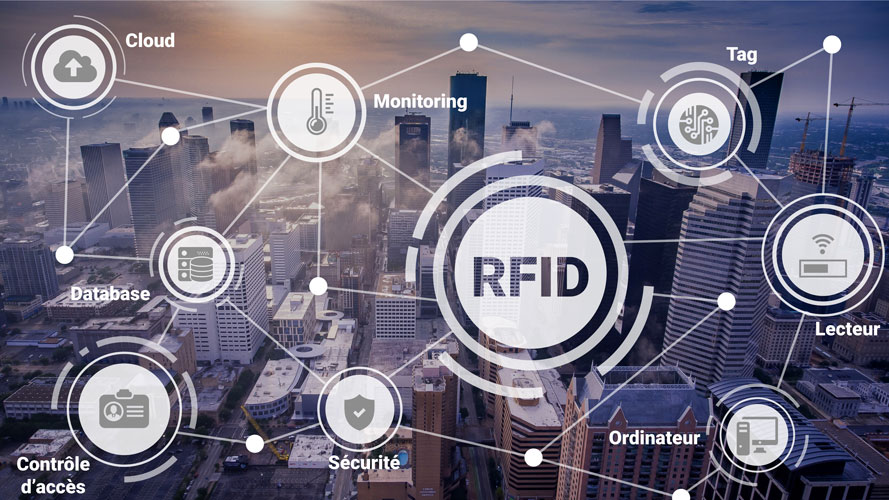Electronic beacons that tell you where objects, tools, or even people can be found sounds like something out of a movie. However, with improved RFID technology, these and other feats are now part of everyday life. A few surprising places where RFID is used:
1. Prevent lost luggage.
If you’ve ever had your luggage lost on vacation, you know that it can be a nightmare. Worse, it happens to around 25 million people every year (https://www.bbc.com/news/business-48437262).
Airlines, cruise lines, and others in the transportation industry are putting technology to work to cut the number of suitcases lost in transit. RFID tags are attached to luggage during check-in. Then, readers scan bags as they go through checkpoints. This makes it possible to know exactly where a bag is and ensure it gets where it’s going.
2. Virtually take attendance.
Businesses spend millions each year getting employees advanced training. RFID-enabled badges allow those companies to automatically see who is attending classes and training. Readers are installed at the door so it’s easy to see who comes to a training, and whether anyone leaves before it is done.
3. Know when something breaks.
Tags like the ShockWatch RFID tag (https://spotsee.io/impact/shockwatch-rfid) have special sensors that can tell when an item has been dropped, crushed, or otherwise impacted in an unacceptable way. Tags like this help ensure that damaged goods aren’t sent out in orders, which means fewer returns and happier customers.
3. Keep parking lots more secure.
In a private parking garage, you want to ensure that only those who have permission are let inside. RFID tags or stickers on windshields allow the system to see right away whether a car’s payments are up to date and whether they have a permit to enter. When permitted drivers enter, the gate is raised to allow them in.
4. Hotel self check-in.
Sometimes when you are traveling, the last thing you want to do is talk to another person. Self check-in allows people to arrive at their hotel and use an RFID-enabled card to scan themselves into a previously booked room. The system can keep track of payment details, room preferences, loyalty points, and the times that the guest arrives and checks out. Since the RFID card works as a room key, the guest is able to go right up to their room to rest after a tiring journey.
5. Reduce disease transmission.
Frequent hand washing is one of the keys to cutting down the transmission of disease. But, it can be tricky to get full compliance from employees. RFID badges can be used to track who is in compliance with a business’s hand-washing policies. The trackers can even show how long someone stays at a hand-washing station, and how often they visit.
6. Track vital documents.
Many documents are still moved around in hard copy instead of digitally. When you are dealing with a large volume of records such as those in healthcare facilities, law offices, and accounting firms, it can be hard to keep track of it all. RFID tracking allows for documents to easily be checked out so there is always a record of who had a document last.
7. Get more information about race times.
The more data that athletes have about their performance, the more they can improve. RFID tags on race numbers allow race sponsors to record every runner’s progress at checkpoints throughout the race course. This data can be used by participants to see when their pace is fastest, and what points of a course tend to slow them down. These tags can also make race results easier to distinguish even if two or more runners get to the finish line within milliseconds of one another.
8. Track tools and equipment.
Stolen tools and equipment from construction sites costs as much as $1 billion every year (https://www.constructconnect.com/blog/high-cost-construction-equipment-theft). And, less than 25% of what’s stolen ever makes it back.
RFID tags can be used to ensure that every tool that is taken out of storage is put back at the end of the day. Site operators are able to know who took a tool at what time, and where that piece of equipment went afterward. As a result, both intentional tool theft and inadvertent loss can be reduced. This cuts costs, which can allow construction site owners to put their money in the places it can help most.
RFID tags are becoming smaller, more cost-effective, and more powerful than ever before. This sort of instant tracking and record keeping can seem like something out of science fiction. But, more and more, it’s science fact. With this technology in hand, new information can be leveraged to make life easier.
